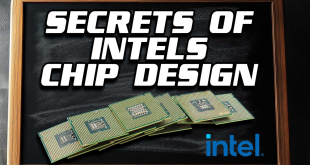Cooler Master ship the Cosmos SE in a purple and white box. Styrofoam layers protect the case during transport.


The front of the Cosmos SE case is identical to the Cosmos II, though it does not feature the Cosmos II's sliding cover.
The handles along the bottom and top of the case make life easier for those moments when the system has to be moved, while adding to the overall aesthetics.
A better look at the side panel shows the window has been designed to hide the very bottom and top sections of the case to provide a clear view of the motherboard and hard drives.
Moving in closer we can see the top I/O panel houses two USB 3.0 ports, two USB 2.0 ports and audio and mic jacks.
Directly above the I/O panel the Power button is situated to the left of the Cosmos logo.
On the right-hand side we can see the Restart button. Directly above the restart button is the LED On/Off button which turns the LEDs in the front in-take fans on and off.
The 5.25″ drive bay face plates have been designed to create the illusion of a flat panel when viewed from the front and can be removed easily by pulling the levers on the left-hand side.
The front panel also features a large mesh directly below the 5.25″ drive bays. This mesh serves both to complement the exterior's design and as a dust filter.
The Cooler Master badge is the only visible Cooler Master branding on the case.
Moving to the back gives us a glimpse of one of the pre-installed fans.
Three pre-drilled holes are available for water cooling enthusiasts and an additional bracket can be used to mount a reservoir.
The side panel features an outward bulge to aid with cable management whilst further enhancing the Cosmos SE's design.
Along the very bottom we can see the power supply cut-out sits outward. We will take a closer look at this on the next page.
Finally, flipping the case on its side reveals two dust filters. One is situated directly underneath the power supply while the second covers any bottom in-take fans that are installed near the front of the case.
 KitGuru KitGuru.net – Tech News | Hardware News | Hardware Reviews | IOS | Mobile | Gaming | Graphics Cards
KitGuru KitGuru.net – Tech News | Hardware News | Hardware Reviews | IOS | Mobile | Gaming | Graphics Cards







